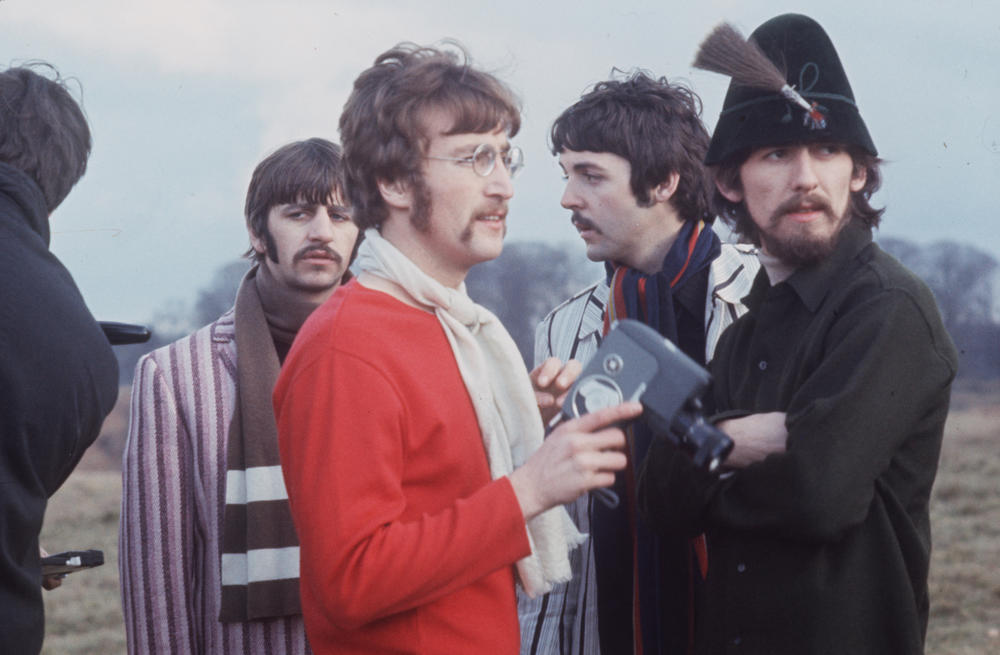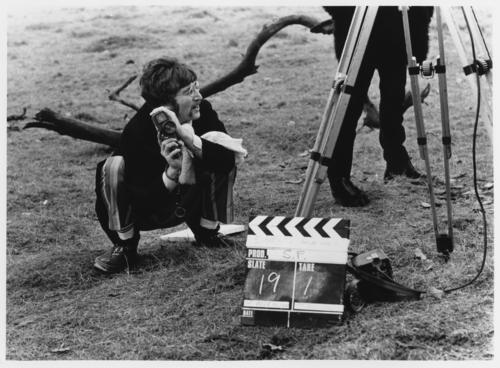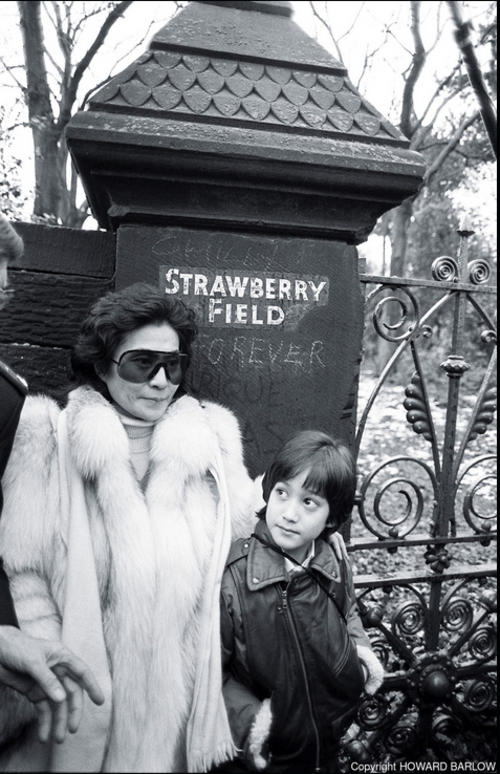Strawberry Field and The Beatles: the legacy of a Liverpool landmark

Much like The Cavern Club, Penny Lane, The Grapes and The Beatles Story, Strawberry Field is a glittering jewel in Liverpool’s Beatle crown.
Uniquely though, in spite of the tens of thousands of tourists that come to the city each year, this jewel has been never been seen by the public since it opened as children’s home back in 1936.
All that is about to change now that The Salvation Army has a vision to bring back this much loved location back to life; not just as a museum but as a living Beatles inspired project that will be both a place of education for young people with learning difficulties and a sanctuary for the music lovers – those fans who travel from all over the world to experience the inspiration for The Beatles’ and John Lennon’s seismic contribution to pop culture.
“Let me take you down…”
The inspiration for one of The Fab Four’s greatest and most elaborate and expansive pop songs, Strawberry Field itself holds a unique place in Beatles history in that it helped shape the band, John Lennon specifically. This is not a place the band played or even the location of an iconic album sleeve photography. No, it’s significance runs deeper than that, offering rare insight into the psyche of the young Lennon.
Strawberry Field was close to where John Lennon grew up in Woolton at number 251 Menlove Avenue. The product of a troubled childhood, he was removed from the care of his mother when he was just a few years old and brought up by his aunt Mimi.
For the young boy wandering the post-War suburban city streets, Strawberry Field became a place of peace and refuge in a turbulent world – a quiet sanctuary where young John could go to climb trees and dream his dreams. He and his friends would often climb over the wall and play in the wooded area behind the building. One of his childhood memories was the Salvation Army garden party that took place each summer in the grounds.
It’s no wonder that Lennon the pop star returned to those leafy, more innocent days of escape to seek a lyrical inspiration that could counter the later complexities of a life lived in the public gaze.

Strawberry Fields Forever
“I truly believe this is a wonderful and important project,” says Peter Hooton, Chair of the Beatles Legacy Group, Liverpool’s custodians of Beatles culture. “Strawberry Field has never been opened to the public before so this is a really big deal for us all.
“At the moment more than 60,000 people a year visit the gates of Strawberry Field. Only by spending time outside and seeing the constant stream of coaches parking up do you realise quite how much meaning it all has to people. And yet these visitors never get to step inside to see where the young Lennon played.
“But what makes it even more significant than being the final piece in Liverpool’s Beatles jigsaw puzzle, is that the reopening of Strawberry Field by The Salvation Army will see the space helping young people once again; providing real vocational training for young people with mild to moderate learning difficulties. It’s exciting and a much needed addition to the city.”
Strawberry Field was a private residence gifted to The Salvation Army in 1934. In 1936 it was opened originally as a children’s home for girls. From then on, for nearly 70 years, it gave some of Liverpool’s most vulnerable children a refuge from turmoil and unhappiness – a safe, calm and loving home.
In the 1970s the old Victorian house was demolished and replaced by the building that currently stands on the site. Another building, called John Lennon Court, was added in the 1980s.
It was in 1984 that the global artist – and wife of Lennon – Yoko Ono brought their son Sean to see Strawberry Field first hand. In many ways she wanted her son to have the same experience that thousands of other Beatles and Lennon fans have every year – a sense of the place that in part created Lennon the artist, the father, the icon.
The trip was part of a promotional tour for the posthumous release of the couple’s Milk & Honey album and saw the artist kindly pledging $90,000 to help keep the home open.

The dream is over
However, as the 20th century drew to a close, times were changing. Large residential homes like Strawberry Field were no longer considered the best place to bring up vulnerable children so in 2005, a decision was made that would see those iconic gates closed one last time.
Strawberry Field then lay dormant for over a decade, whilst legions of fans still made the trek to see just the exterior of what the young Lennon saw.
Just like starting over…
With the help of funding from generous members of the public, we hope to see Strawberry Field come back to life. It’s momentous to think that this is even happening. Yet thanks to The Salvation Army and its legion of fundraisers it will service disadvantaged young people with a vocational education and thousands of Lennon and Beatles fans with a permanent exhibition.
And the gardens will become a sanctuary of peace and tranquillity once again. Much like they were for the troubled little boy who leapt over those hallowed walls to find a better world than the one he found himself in.
But this unique and historic project can only happen with the kind support of Beatles fans worldwide.
Play your part in this evolving story by supporting Strawberry Field today.

 Switch background colours
Switch background colours



